Ms. Vi Thi Dung
Decide to create violence
Ms. Vi Thi Dung's life is closely linked to the ups and downs of the Western Nghe An region. "Before, we lived in the lake area, almost isolated from the outside world . Living a self-sufficient life, from a young age, Thai women knew how to sew and embroider to serve their own needs," Ms. Dung said.
In the Thai community, embroidery is not only a life skill but also a "standard" to evaluate a girl. "Those who embroider well are highly valued by the Thai community. On the contrary, women who do not know how to embroider are lazy and are looked down upon, bad embroidery is synonymous with clumsiness," she added.
Born into that cultural cradle, Dung was introduced to needlework by her grandmother and mother when she was 5-6 years old. By the age of 7-8, she was embroidering dresses herself, and by the age of 12-13, she had become a famous "embroiderer" in the village. However, her talent was limited to her family and neighborhood, because "even if she made them, she wouldn't know who to sell them to".
Every month, Ms. Dung sells thousands of dresses, mainly abroad.
The big turning point came exactly 20 years ago, when the Ban Ve hydroelectric plant was built, Ms. Dung and thousands of other Thai people moved from Tuong Duong district to settle in Thanh Chuong. This was also the time when her talent had the opportunity to be shown and developed.
"In Thanh Chuong, there is not much land for production like before, so I had to go to Laos and Thailand to trade. During my days in that country, I noticed that their costumes were very similar to those of the Thai people in Nghe An . After returning to Vietnam, I decided to embroider dresses and export them abroad," Ms. Dung recalled her bold but visionary decision.
Mrs. Dung's decision opened a new direction not only for herself but also for hundreds, thousands of Thai women in the region. With three daughters, of whom Lo Thi Nhi, the youngest, is the most outstanding in embroidery skills, Mrs. Dung and her daughters worked tirelessly. "The mother and children worked day and night, but the embroidered dresses 'sold out' immediately," she happily said.
To meet market demand, Ms. Dung began to order more from outside. From a few workers at first, the number gradually increased to 50-60 people, and now there are hundreds of Thai women in Thanh Chuong, Tuong Duong, Ky Son... all participating in embroidering dresses according to her orders.
A dress embroidered with beautiful and delicate dragons
These dresses are not only for the domestic market but also exported to Laos and Thailand, with an average of 1,000 pieces per month. During the off-season, when women in the countryside have more time to embroider, this number can reach thousands.
Ms. Dung is not only a talented artisan but also a "midwife" for the economic development of women in the highlands. She has created jobs and brought stable income to hundreds of women, helping them develop their traditional talents right at home, while contributing to preserving the national cultural identity.
However, Ms. Dung said that embroidering skirts is familiar to Thai women, but not many people know how to embroider beautifully and understand the meaning of each embroidery pattern. Ms. Dung spent a lot of time researching to better understand the meaning of the motifs, especially the dragon image.
According to Ms. Dung, the Thai dress is usually divided into two parts: the upper part is in typical indigo color, and the lower part is elaborately embroidered with stylized images or lines. These can be landscapes of flowers, fruits, trees, or familiar animals such as birds, butterflies, deer, and elk. However, the most special and difficult is the image of the dragon.
Mrs. Dung's daughter also took over her mother's business.
"Among embroidery patterns, dragon is the most difficult animal to embroider, requiring a skilled craftsman to do it and this is also the reason why a dress with a dragon embroidery is often very expensive, even 2-3 times more expensive than embroidering normal animals", Ms. Dung revealed. The difficulty lies in the fact that the dragon must exude elegance, luxury and majesty. Even though a dragon is embroidered with thousands of needles, the threads must absolutely not overlap, the details must be sharp and delicate.
Preserving traditional cultural values
Ms. Dung emphasized an important concept that not everyone knows: "No Thai girl wears a dress with a dragon embroidery." According to her, the dragon image is only attached to the hem of the dress of married women, middle-aged and elderly people. This is because, according to Eastern concepts in general and Thai people in particular, the dragon is a symbol of authority, strength, nobility, luxury and success.
The image of a dragon appearing and undulating with each step of a Thai woman not only enhances the beauty of her body but also shows confidence, energy and strength, both charming and radiant, powerful and wealthy. The dragon on Thai dresses is also diverse in color (blue, red, yellow) and shape (with crest, with claws, with scales or without scales, eyes in front and eyes in back, dragons that extend all the way to the hem of the dress, short and skinny dragons, short and fat dragons, dragons following each other or walking alone).
Most Thai women in Thanh Son commune know how to embroider, but not everyone can create sophisticated patterns.
According to Ms. Lay Thi Thom - a dragon embroidery specialist, "Dragons can have different shapes beyond human imagination, but they must exude authority and power, like a supernatural force that is both mysterious but also rustic, close and simple. Dragons must not be fierce but not too 'gentle'. If the elements are not harmonized, the dragon image on the hem of Thai people's skirts will no longer be beautiful."
Ms. Dung also revealed that because dragon embroidery is very elaborate and time-consuming, "only in the year of the Dragon" do people focus on embroidering dragon images. Normally, on the Thai people's skirts are still familiar images associated with human life such as trees, flowers, animals... However, no matter what the embroidery is, all must be sophisticated so that when women wear the skirt, they become beautiful and proud...
In the constant flow of time and cultural exchange, many traditional values are at risk of fading away, but what Mrs. Dung is very happy about is that her ethnic dress is still cherished, respected and increasingly popular among Thai women.
This is also the motivation for Ms. Dung to continue to teach the profession, create jobs, and inspire the next generation. At the age of 66, she still embroiders dresses every day, with her talented hands and a heart attached to the national culture. She has become the keeper of the soul of the Thai dress, arousing pride and bringing that identity far beyond the villages of Nghe An.
Source:20250612233330153



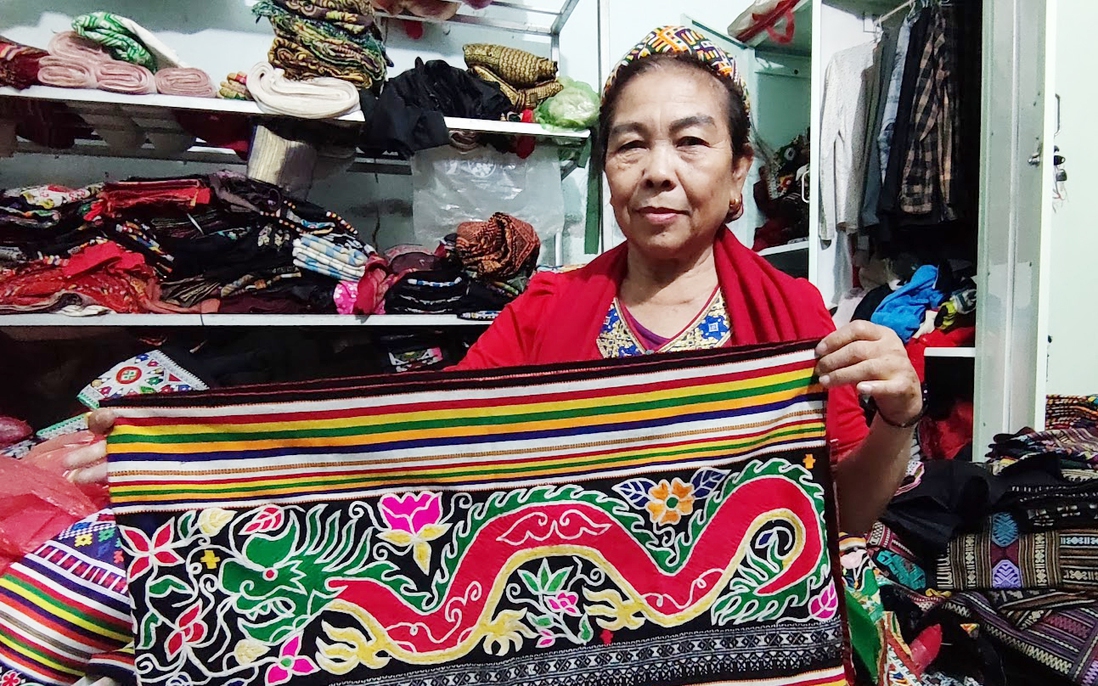
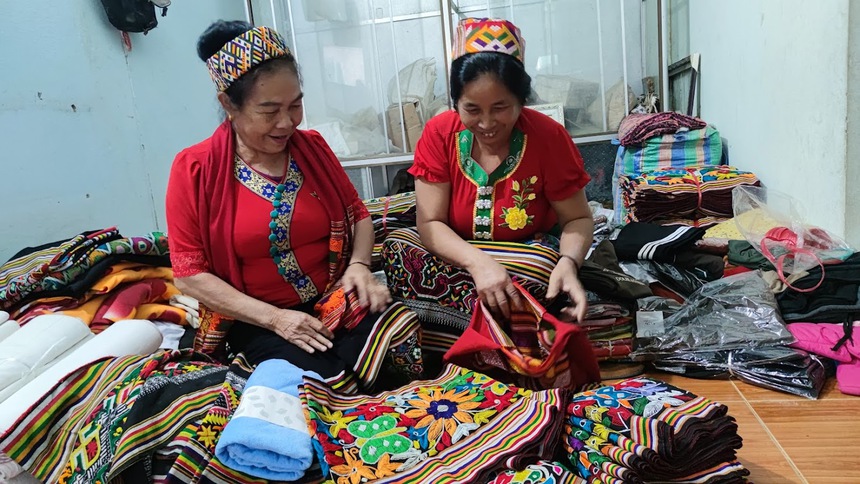
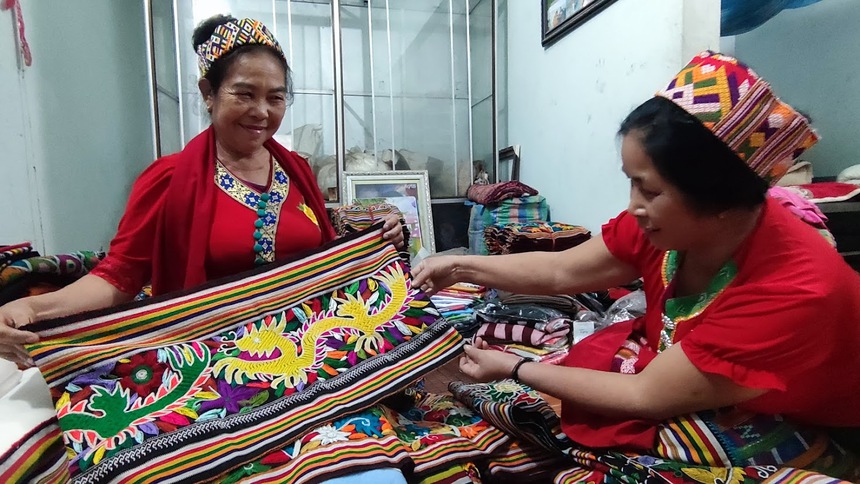

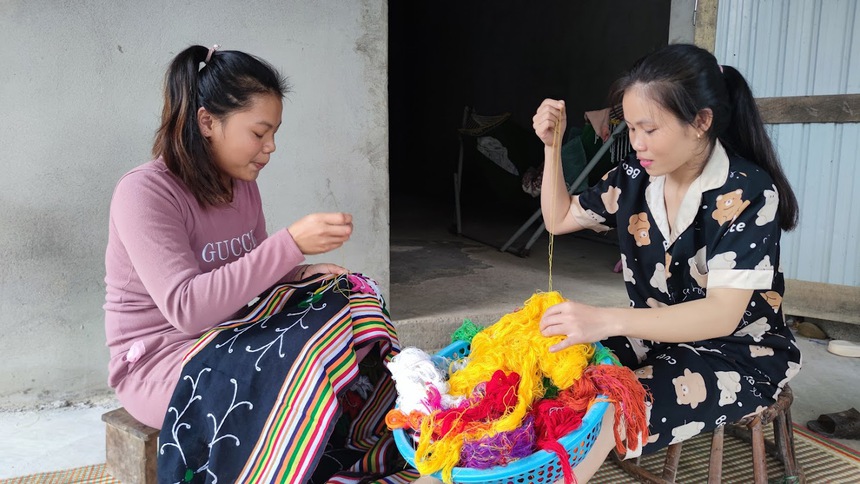
![[Photo] Prime Minister Pham Minh Chinh chairs the meeting of the Government Party Committee Standing Committee](https://vphoto.vietnam.vn/thumb/1200x675/vietnam/resource/IMAGE/2025/8/23/8e94aa3d26424d1ab1528c3e4bbacc45)

![[Photo] General Secretary To Lam attends the 80th Anniversary of the Cultural Sector's Traditional Day](https://vphoto.vietnam.vn/thumb/1200x675/vietnam/resource/IMAGE/2025/8/23/7a88e6b58502490aa153adf8f0eec2b2)

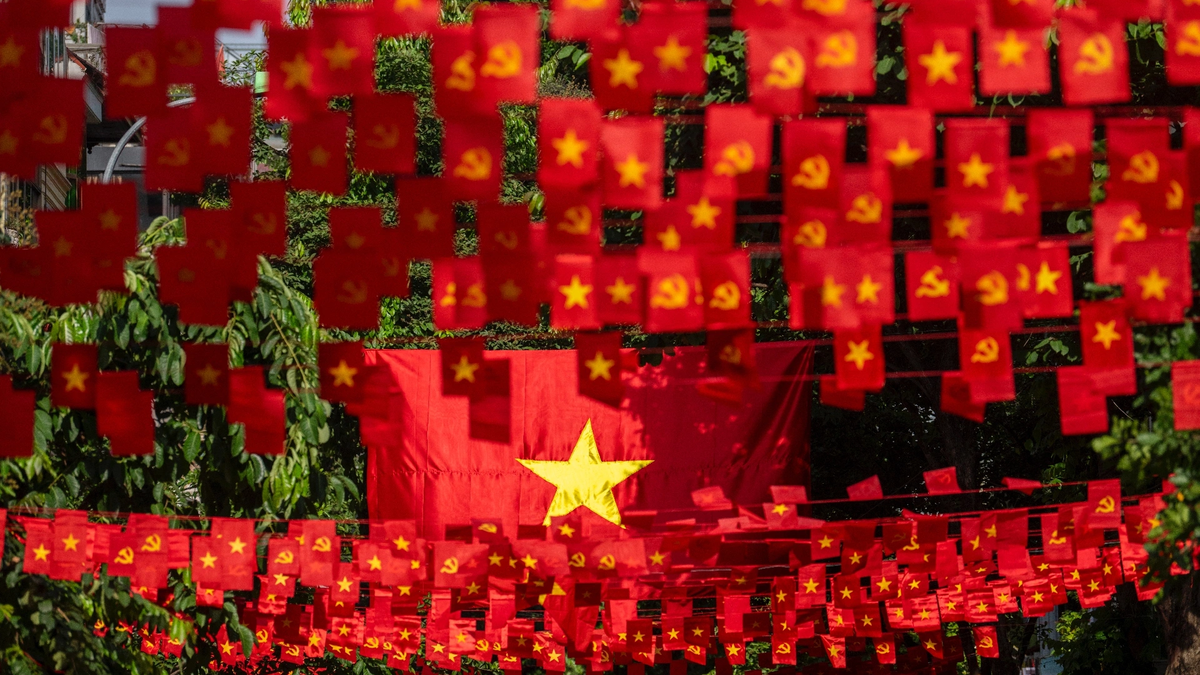

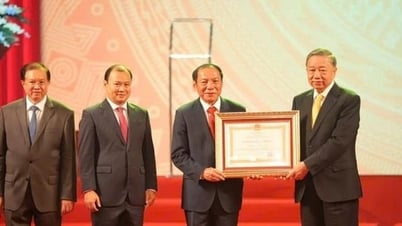



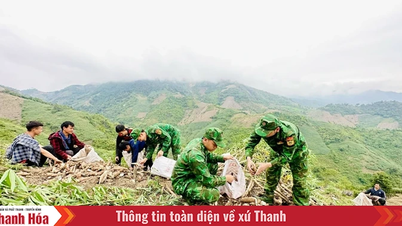

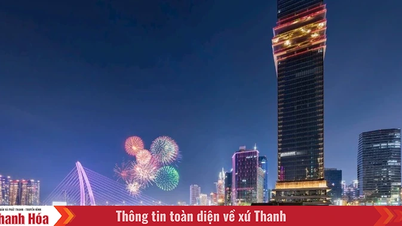
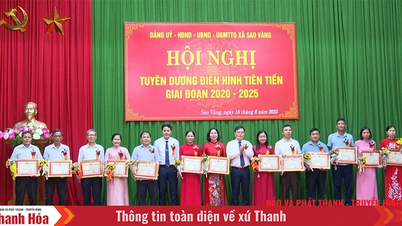
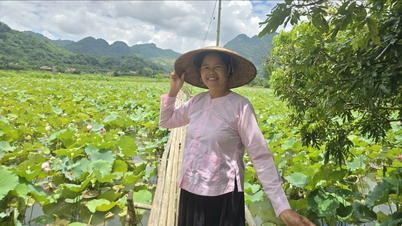

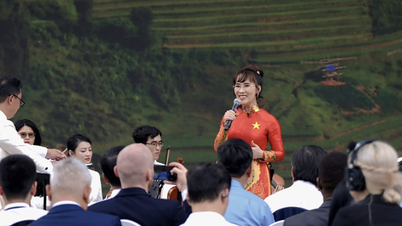



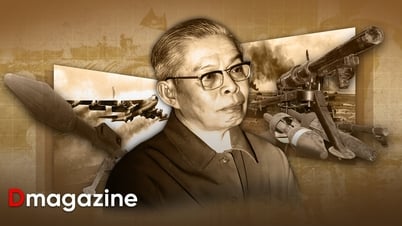

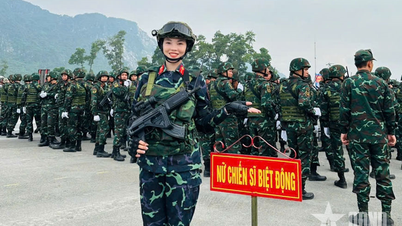

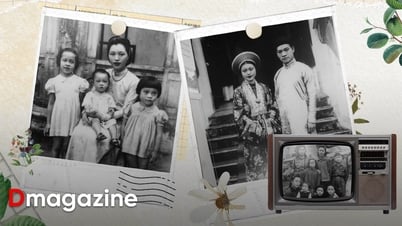
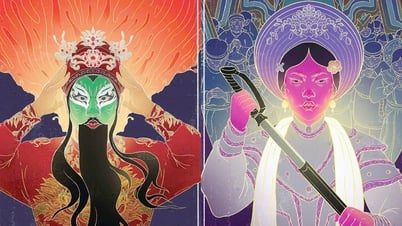


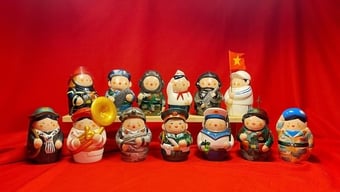
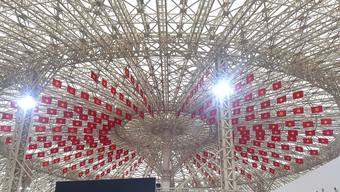

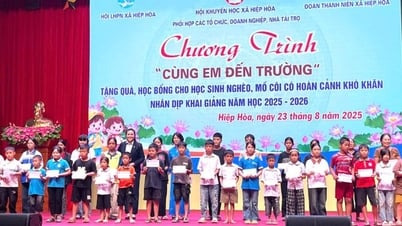
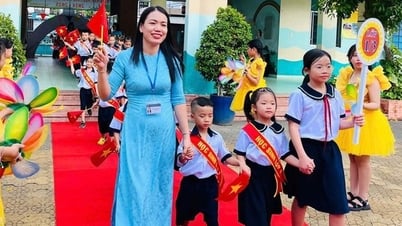




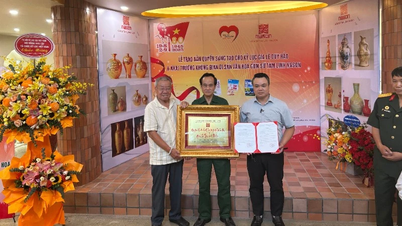

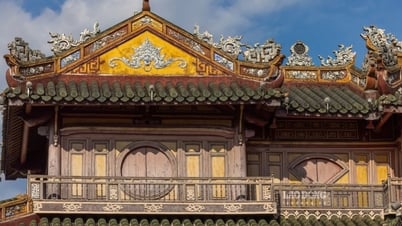

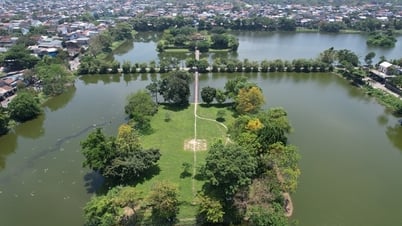
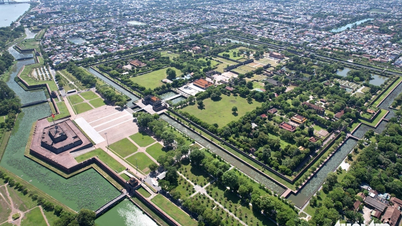


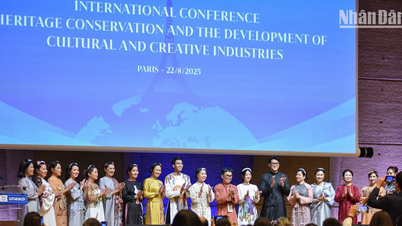

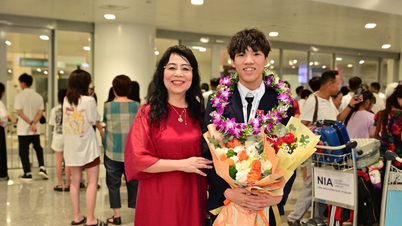


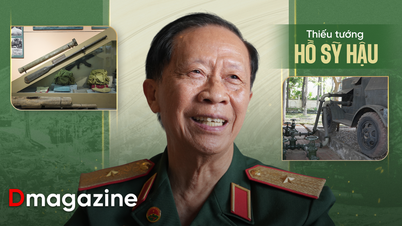






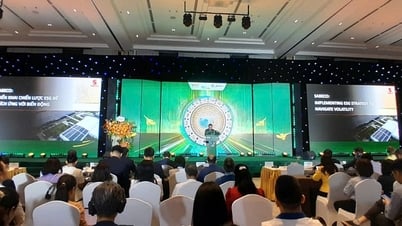




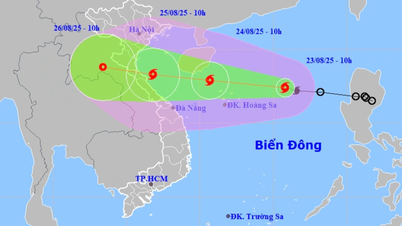
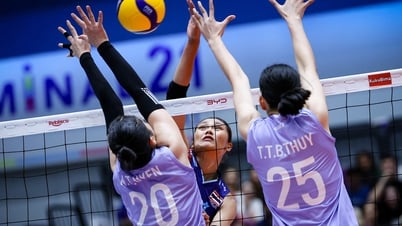





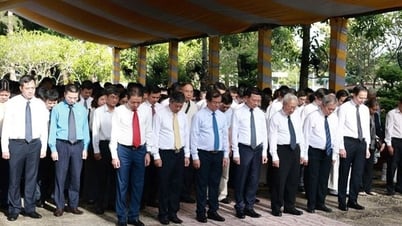
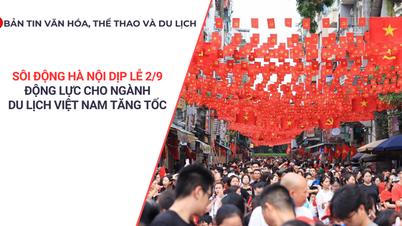

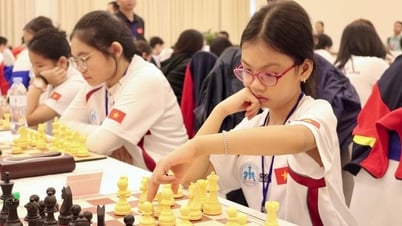



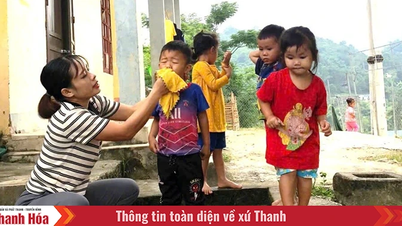
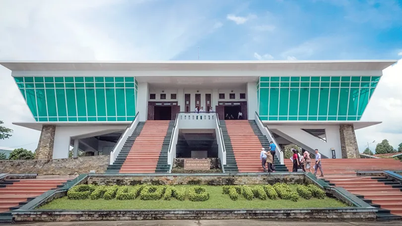

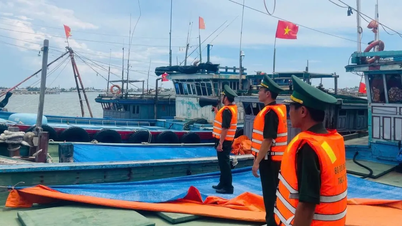






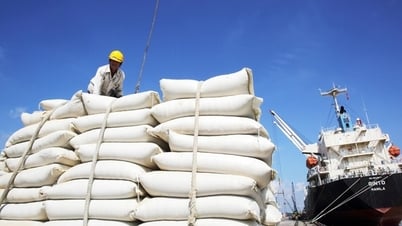



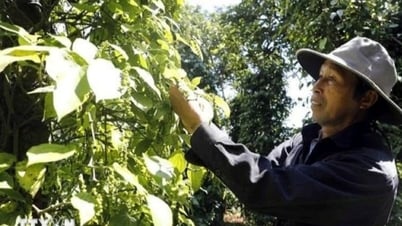
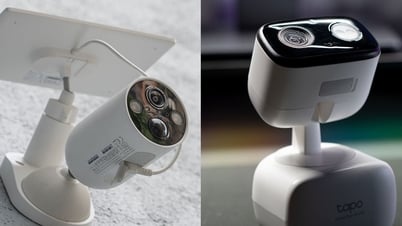







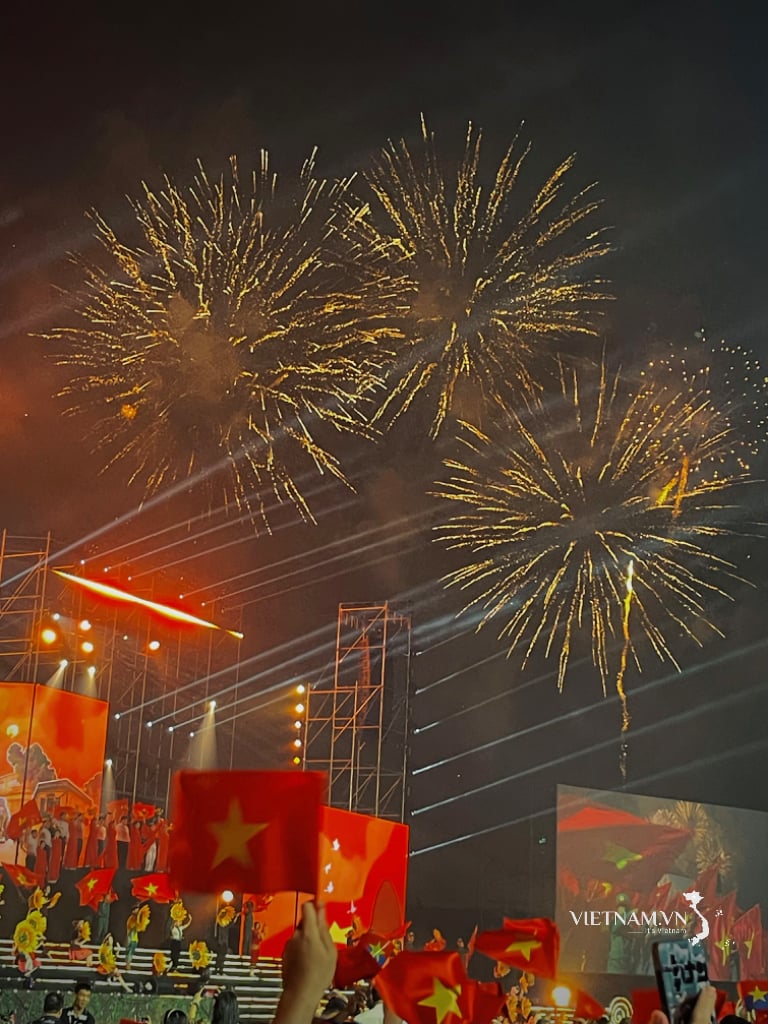
Comment (0)